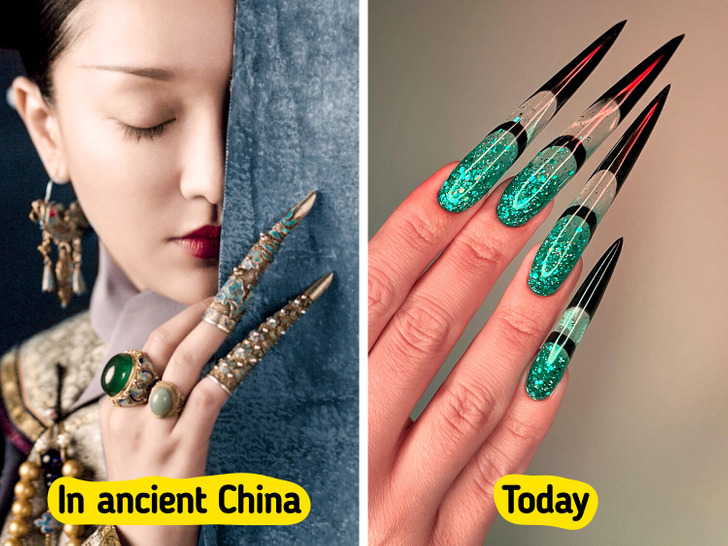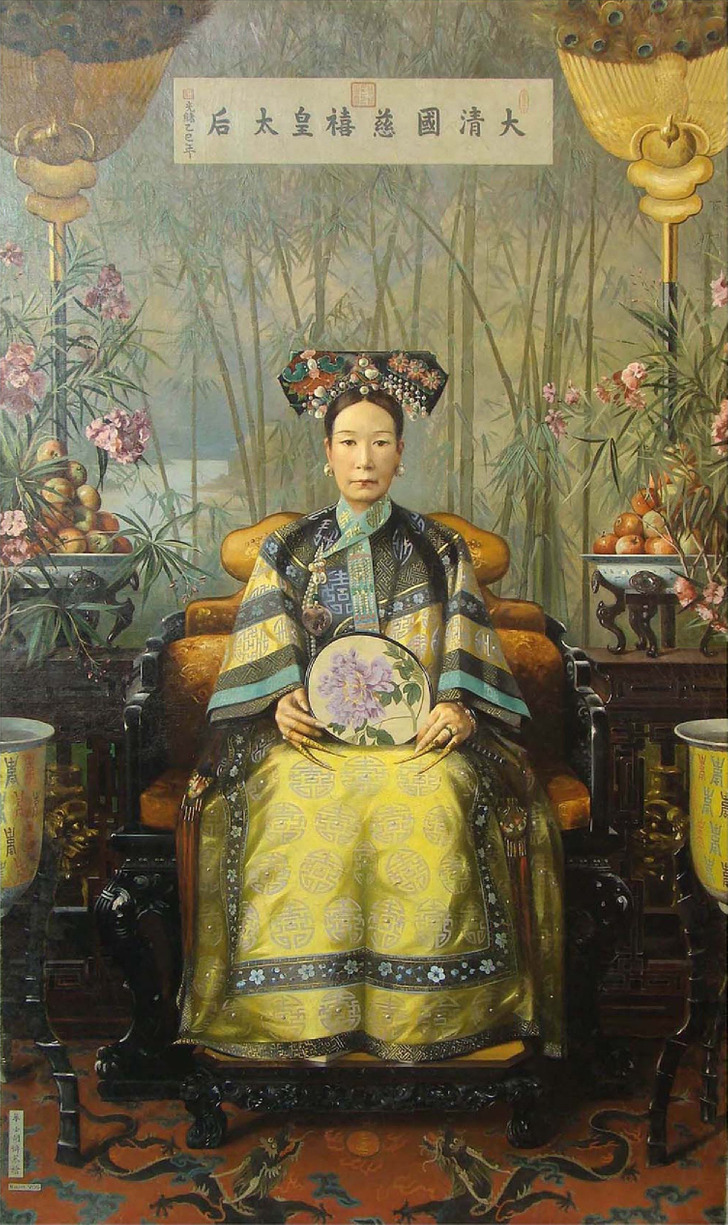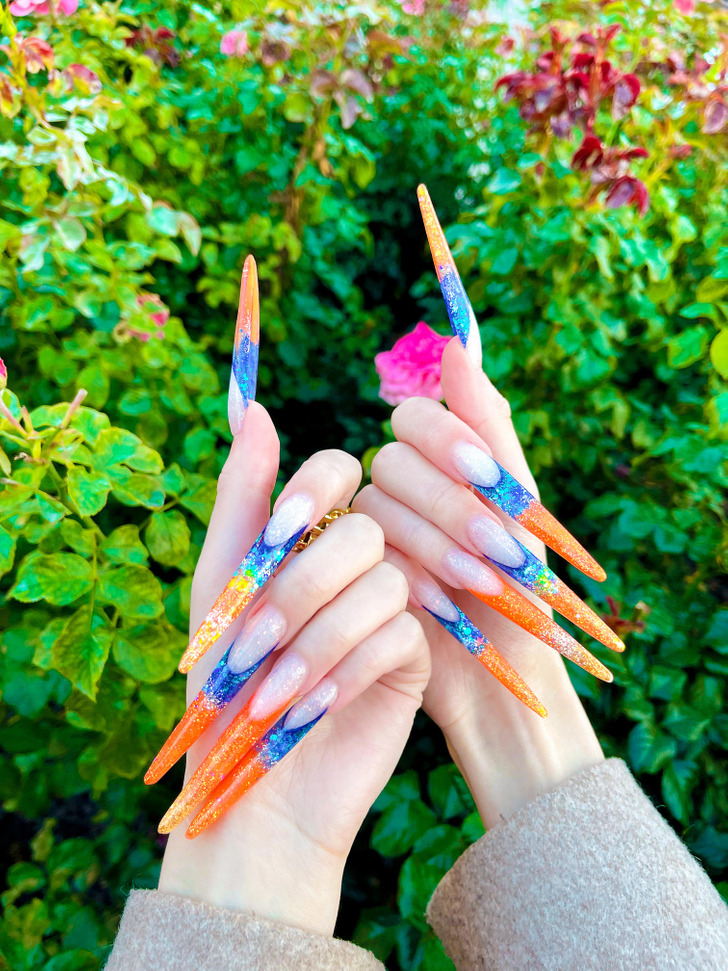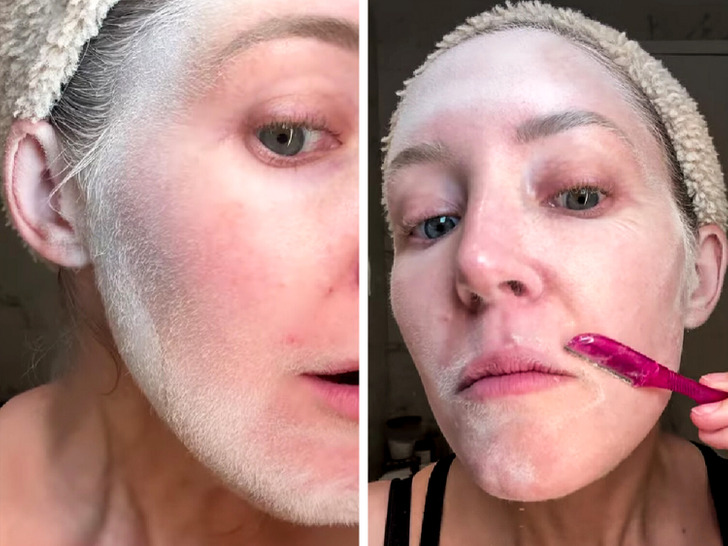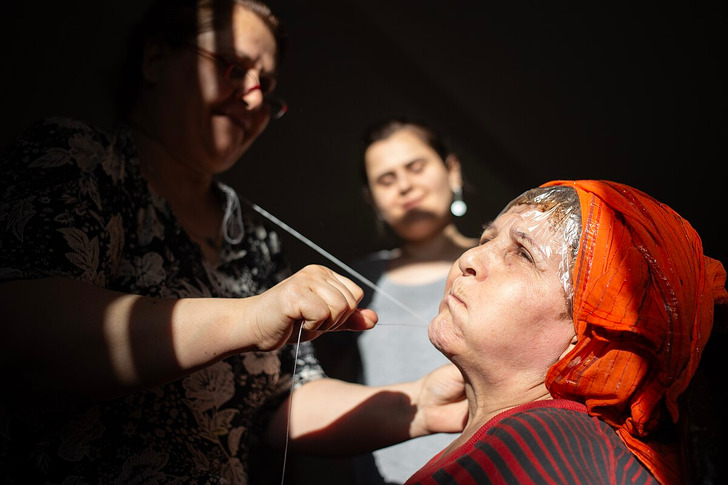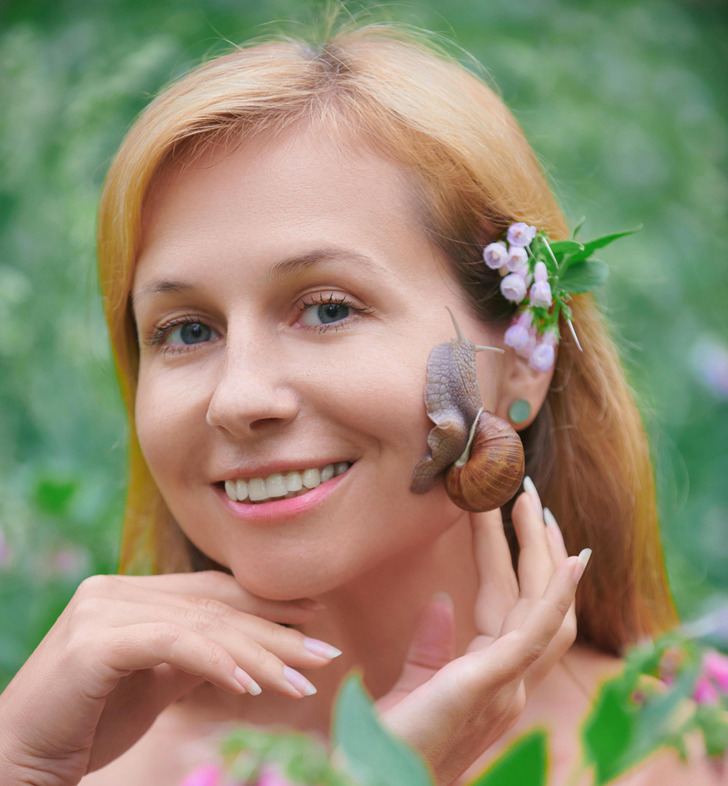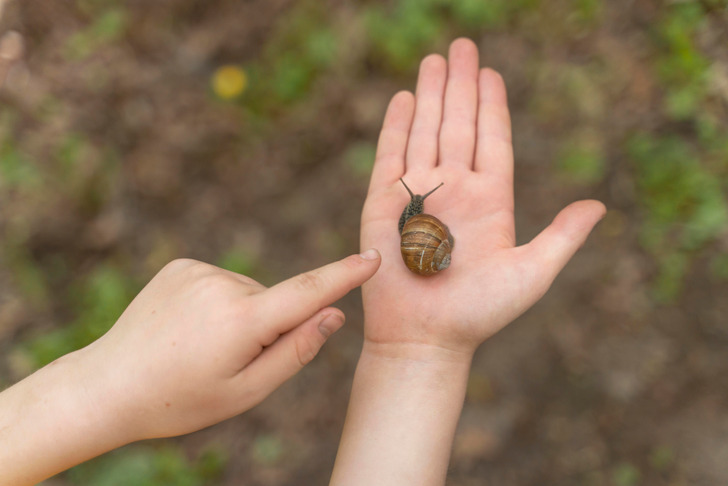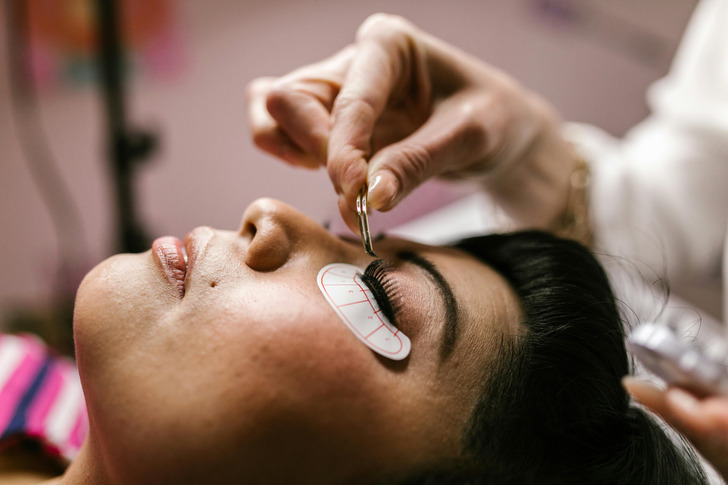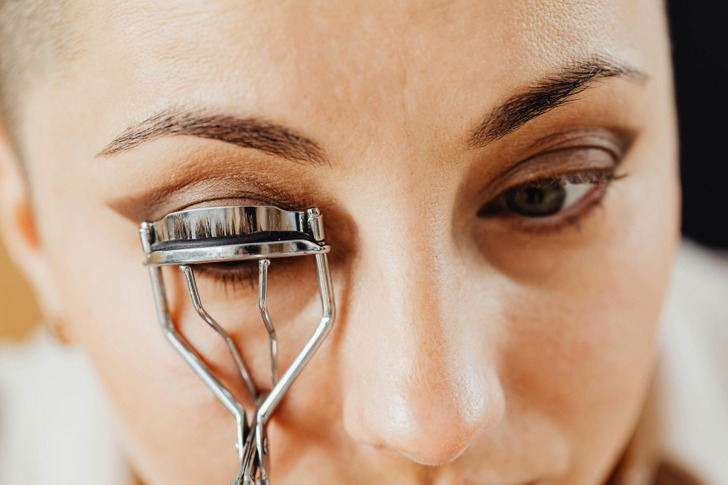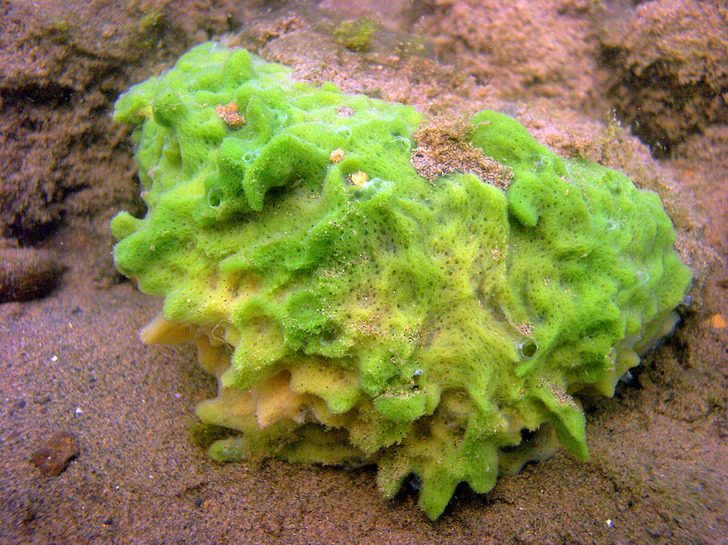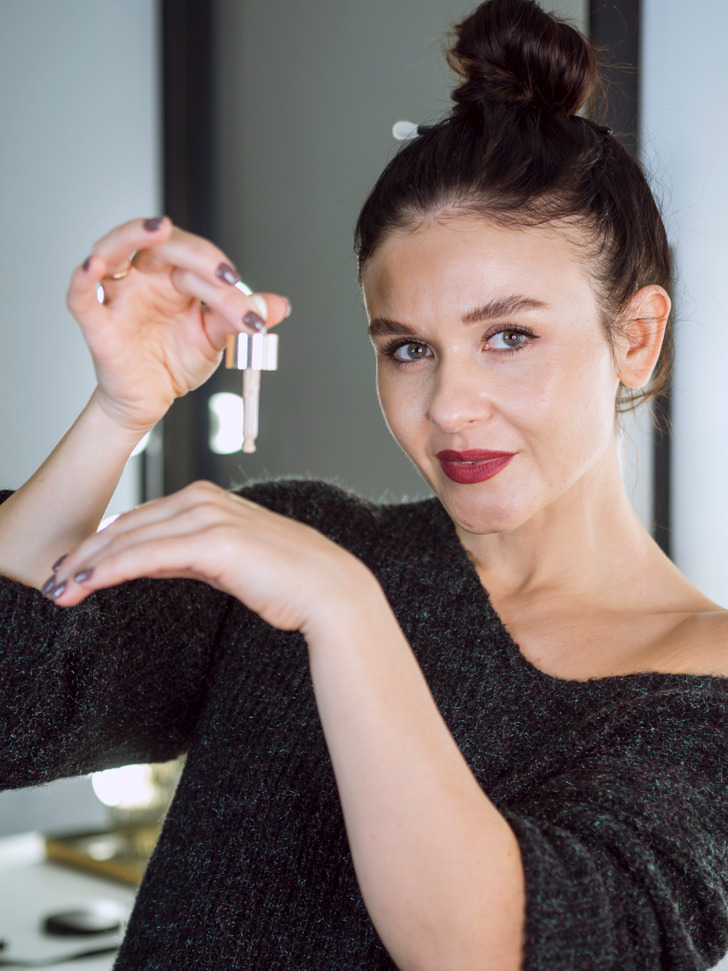How they clean after defecate? 😂
5 Unusual Beauty Practices From the Past That Are on Trend Again
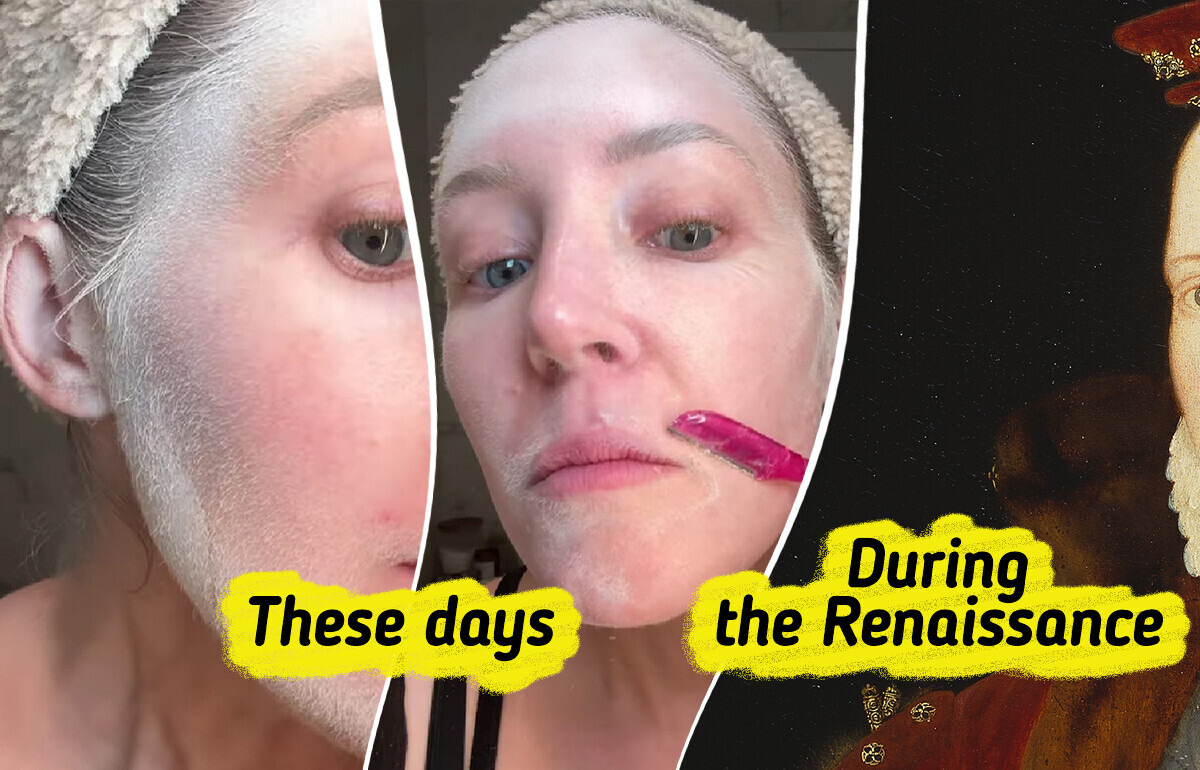
Weird beauty trends of the past are experiencing a revival. When it seems that the modern beauty industry has tried everything, someone finds ideas from a distant past, dust them off and put back into use.
Super long nails
“My new super-long green stiletto nails”
This fashion reached its peak during the Qing Dynasty (1644-1912), and the main trendsetter of the time was Empress Cixi. To preserve her nails, the empress wore precious gold overlays during the day and bright yellow satin covers at night.
A whole team of servants was responsible for the empress’s beauty routine. Her mornings began with hand baths made of herbal decoctions. This was followed by a hygienic manicure, as well as a renewal of the coating. According to rumors, the empress didn’t even allow her nail clippings to be thrown away, but kept them in a jade box.
“Renewed my nails — now they’re multi-colored.”
Today, super-long nails are experiencing a second birth, but now it’s no longer a prerogative of the aristocracy, but a daring trend. Thanks to modern materials (acryl, biogel and polygel), it is possible to extend nails to any length and shape: from strict squares to extreme “stilettos.”
The longer the nails, the more the field for experiments with design! However, modern ladies no longer have servants, and in everyday life they have to find ingenious ways to save the luxurious length.
Face shaving and depilation in women
The history of female facial hair removal dates back thousands of years. It’s believed that back in Ancient Egypt, women used sugar-based waxes, removing unwanted facial hair with a mixture of sugar and water. During the Renaissance, Queen Elizabeth I brought into fashion an exaggerated hairline, for the creation of which noble ladies plucked hair on the forehead and even removed eyebrows.
And in Victorian England, depilation mixtures containing arsenic were used. People tested their readiness by dipping a bird feather into the mixture. If the feather flakes off, it’s working!
Nowadays, this practice has been revived in salon cosmetology under the name “dermaplaning” — during the procedure, not only the fuzz is removed, but also the top keratinized layer of skin is removed with a scalpel. Bold beauty bloggers even resort to home shaving — they apply a spray to the face, emphasizing each hair, and then go through with a razor.
All this is done in order to make the face as smooth and shiny as an egg, and foundation products lay perfectly on it. However, the effectiveness of dermaplaning and shaving has not yet had sufficient scientific evidence, but the effect of threading is appreciated even by scientists.
This is a technique, widely known in Asia, in which facial hair is plucked with a thread twisted in a special way. Now it is actively used, in particular, by eyebrow artists.
Use of snail mucus in cosmetology
As far back as Ancient Greece and China, the mucus secreted by snails was already recognized as a skin remedy. Pliny the Elder mentioned that it helped heal burns.
In medieval Europe, apothecaries boiled snails to create a moisturizer for reddened skin. However, snail cosmetics revolutionized in the 1980s when farmers who bred grape snails for restaurants discovered that their skin suffered fewer cuts and healed faster.
Today, snail mucus for skin beauty is actively used in Korean beauty products. Studies have shown that snail mucin contains hyaluronic acid, glycolic acid, peptides, and antioxidants that accelerate regeneration, reduce inflammation and have an anti-aging effect.
To produce mucin serums, snails are “milked” by landing them on a special grid and then returned back to their lodges to regenerate. However, animal advocates criticize the industry, arguing that even in such conditions the snails are stressed. In response, some brands have switched to plant-based and synthetic analogs.
Eyelash extensions and false eyelashes
Although the growth line of eyelashes was emphasized as far back as in Ancient Egypt, the industry of fake eyelashes fully emerged only at the junction of the 19th and 20th centuries.
At that time, this procedure was in the hands of wigmakers — they created false eyelashes made of silk and human hair glued on a substrate. According to the newspapers of the late 19th century, there was already a procedure of eyelash extensions: they were sewn directly to the eyelid in France.
At first, false eyelashes looked massive and unnatural, and were suitable only for the stage or cinema. But later the liner became thin and almost invisible — it was made of dried fish bladder. To glue such eyelashes, ladies visited beauty salons — it was not so easy to do it by yourself.
In addition, the eyelashes had to be curled regularly with a special curler to create the right bend. To our days, this tool has survived almost unchanged.
Modern extension techniques are quite similar to their predecessors, but they are much safer. Now eyelashes are glued to the natural ones. There are a lot of types of eyelashes for gluing and extensions: any color, length, and bend. And they are no longer made of human hair, but of synthetic materials or mink fur.
By the way, a few years ago, social media introduced a curious trend — false eyelashes that were glued not on top of the natural ones, but beneath them.
Freshwater sponges and spicules
Not everyone knows that a freshwater sponge is called badyaga, and since ancient times it has been known as a traditional remedy for skin conditions. It was used already in ancient China!
And Slavic fashionistas even used sponge powder for blush. For this purpose, the sponge was dried, rubbed and applied to the skin, causing micro-traumas that stimulated cell renewal.
Nowadays, the unpresentable sponge has taken on a new light — cosmetics with spicules are breaking all sales records.
Spicules are tiny needles that make up the bodies of sponges. Beauty products containing them help stimulate cell renewal, collagen production and deliver active ingredients to the deep layers of the skin.
Fashion is cyclical, and even the most bizarre beauty practices sooner or later return — albeit in safer variations. The main thing to remember is that not all historical methods should be repeated mindlessly, and always consult with a specialist before experimenting!
And this woman here tried on different beauty standards of the past. Check it out.
Comments
Related Reads
10 Times We Realized We Wouldn't Trade Our Parents for the World

13 Stories That Prove Kindness Is the Quiet Superpower We All Share

11 Stories of Moms Who Finally Accepted Their Son’s Partners

I Refuse to Sleep Under the Same Roof as My Stepson — My Daughter’s Safety Comes First

15+ Stories That Prove First Love Stays With Us Forever

14 Stories That Prove Kindness Takes a Moment, but Means the World

I Agreed to Adopt My SIL’s Baby — but Her Real Motive for Giving Him Up Broke My Heart

I Refuse to Pay Half on a Date—I’m Vegan, I Never Eat Much

10 Honest Stories That Capture the Struggles and Pain of Blended Families

13 People Share the Things They’ve Been Hiding From Their Partners for Years

I Reported My Boss—HR Ignored Me Until I Did One Simple Thing

14 People Who Walked Straight Into Awkward Moments

